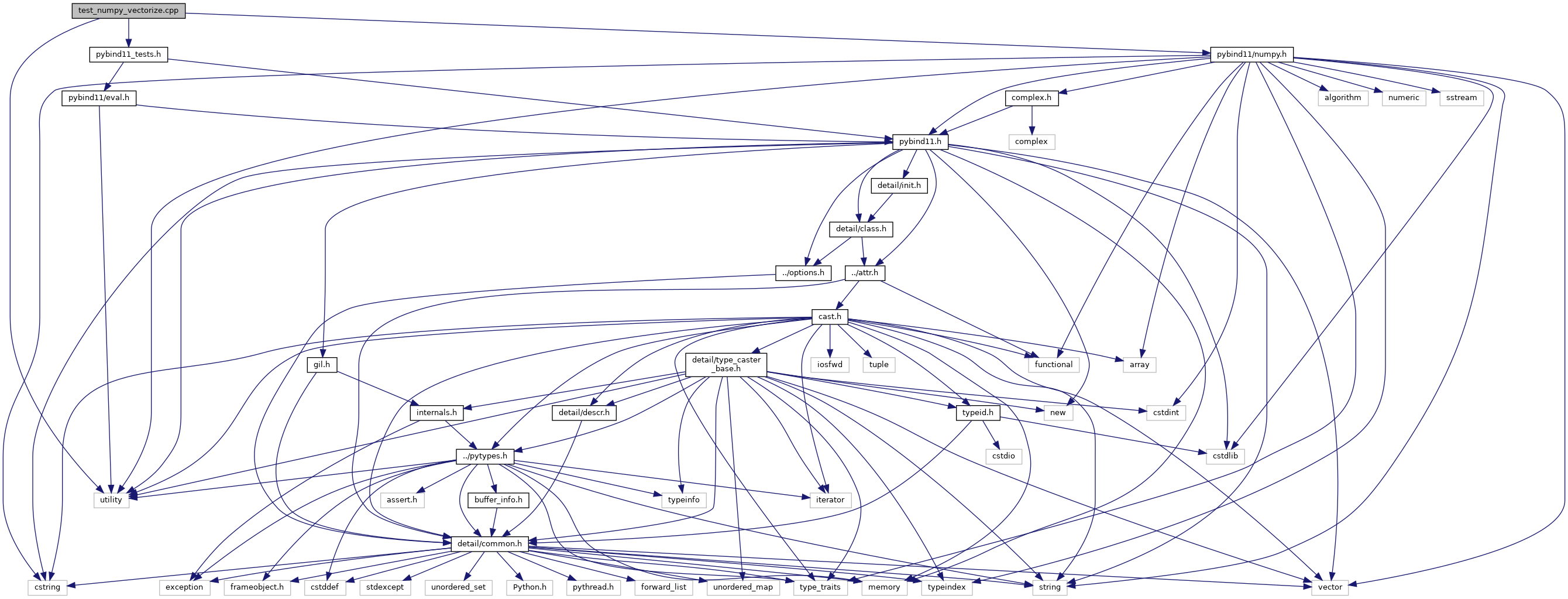


Define a vectorized function which takes a nested sequence of objects or numpy arrays as inputs and returns an single or tuple of numpy array as output. map only works for one dimentional inputs. numpy.vectorize class numpy.vectorize (pyfunc, otypesNone, docNone, excludedNone, cacheFalse, signatureNone) source. This should fix the problem and it will work regardless of what size your input is. python – Using Numpy Vectorize on Functions that Return Vectors import numpy as np For more complex signatures, see Generalized Universal Function API. The (n) is the shape of the return value, and the () is the shape of the parameter which is scalar. Then g(np.arange(4)).shape will give (4L, 5L). The solution therefore is just to roll your own function f that works the way you desire.Ī new parameter signature in 1.12.0 does exactly what you what. So np.vectorize is not a good fit for your use case. Your function f is already numpy-aware - it uses a numpy array in its definition and returns a numpy array. take floats as input and return floats as output) into functions that can operate on (and return) numpy arrays. The purpose of np.vectorize is to transform functions which are not numpy-aware (e.g. If it isnt convenient to use np.vectorize, simply write your own function that works as you wish.
NUMPY VECTORIZE CODE
It doesnt actually make code run any faster. The vectorized version of the function takes a sequence of objects or NumPy arrays as input and evaluates the Python function over each element of the input sequence. Np.vectorize is just a convenience function. Numpy vectorize function takes in a python function (pyfunc) and returns a vectorized version of the function. This method will consume a lot of memory.Python – Using Numpy Vectorize on Functions that Return Vectors What we do is copy the longer array and add the elements of the smaller array to the longer array. For such situations, we can either fill the smaller array with 0s manually or use the numpy.pad() function to perform addition normally or create our own function to perform addition. It has been discussed earlier that all the above methods will return ValueError if the arrays are not of the same size. For instance rather than computing a dot product like this: codeimport numpy as np v np.array(1,2,3). What to Do When the Two Arrays Are Not of Equal Size In numpy you can do many vectorized operations. We can eliminate the use of any function by simply using the arithmetic + operator to calculate the sum of two arrays. Use the + Operator to Perform Vector Addition in NumPy from itertools import combinations import numpy as np n 100 np.ed (2) A np.random.rand (n,n) globalbest 1000000000000000.0 for i, j, k in combinations (range (n), 3): localbest np.amax (np. We can use it to perform vector addition by passing the second array to this function. You can use combinations from itertools, that it's a python standard library, and it will help you to to remove all those nested loops. The numpy.ndarray._add_() function is used to add some value to every element of the array. Use the numpy.ndarray._add_() Function to Perform Vector Addition in NumPy It performs addition over arrays that have the same size with elements at every corresponding position getting summed up. The add() function from the numpy module can be used to add two arrays.

Use the numpy.add() Function to Perform Vector Addition in NumPy The arrays need to be of the same length in all the methods discussed below otherwise, a ValueError is raised. When we say vector addition, what it means is that we will add two arrays.
NUMPY VECTORIZE HOW TO
In this tutorial, we will discuss how to perform vector addition in Python. In Python, we use the numpy module to perform different operations on arrays.


 0 kommentar(er)
0 kommentar(er)
